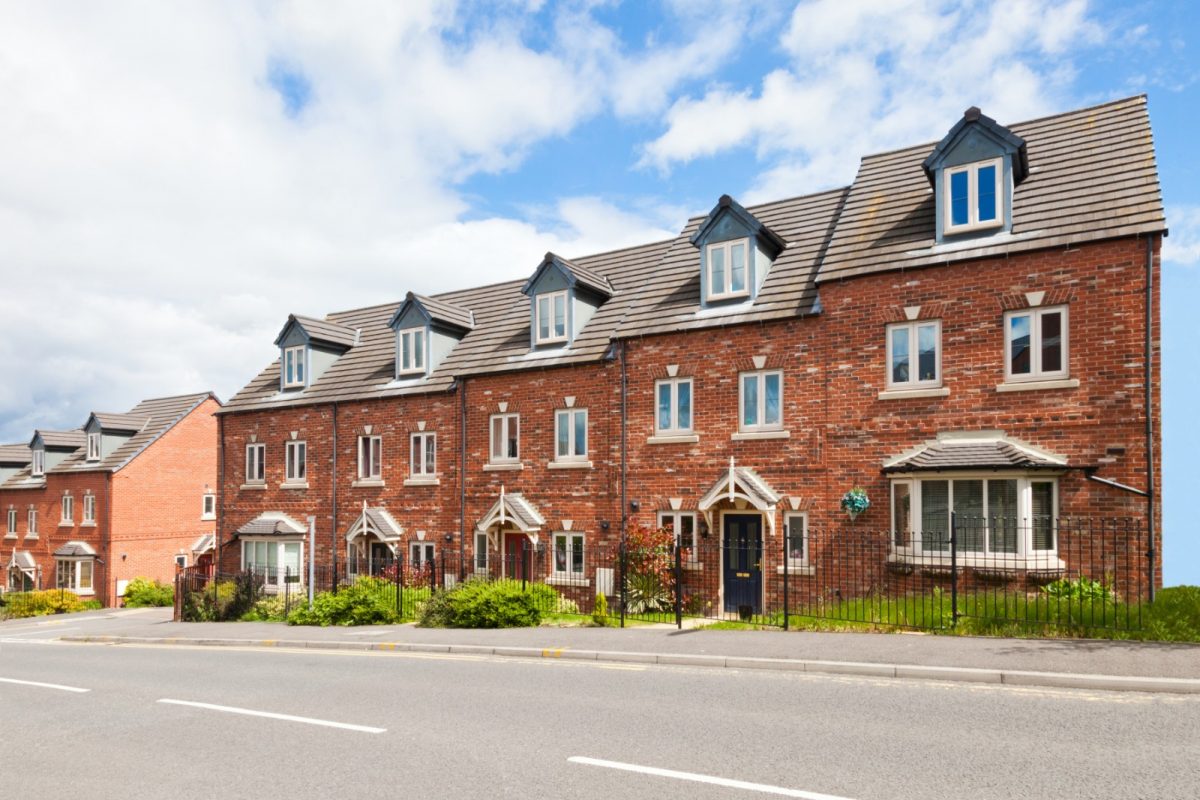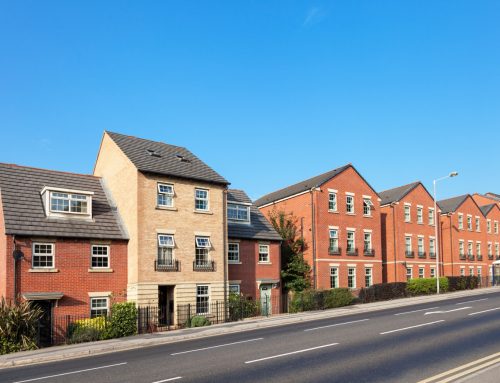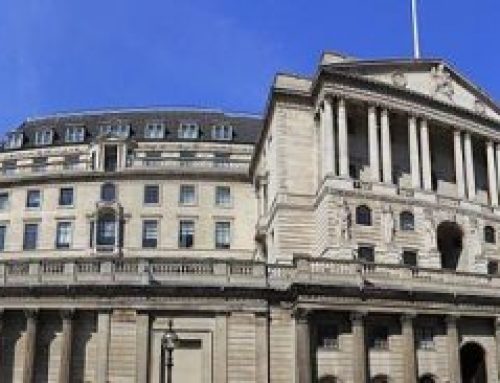2020 UK Property Market Forecast
2020 UK Property Market Forecast, what does 2020 have in store? After the end of 2019, closed with momentum behind it, a landslide conservative win and a majority government. This led U.K. property prices to continue to climb owing to the so-called “Boris Bounce,” according to a report from Halifax; Prices in January were 4.1% higher than they were at the same time in 2019, the highest level of annual growth since October 2017 and the second consecutive month of price growth of at least 4%, according to the bank and mortgage provider.
A new year sparks a new round of housing market predictions for the year ahead. What will happen in the property industry over the forthcoming year? Where are the hotspots to invest? Is now a good time to invest in the UK property market? And what if any changes will happen to impact property prices in the UK.
Here’s a roundup of some of this year’s predictions from across the industry, 2020 UK Property Market Forecast
The Royal Institute of Chartered Surveyors (RICS):
According to the trade body, surveyors expect the number of transactions to remain steady in 2020. It says that despite an uplift in market sentiment, an ongoing property supply shortage will limit any real boost to sales this year.
RICS is predicting that house prices will rise by 2% this year and that average rents increase by around 2.5%.
Halifax:
The high street lender is forecasting property price lifts of between 1% and 3% over the next 12 months.
It adds that house prices in the North of England will start to increase; thanks to the new government’s pledges to focus on housing policy and infrastructure investment. However, this will likely begin to manifest from 2021 onwards.
Nationwide Building Society:
Robert Gardner, Nationwide’s chief economist, was rather cautious in his predictions; ‘Looking ahead, economic developments will remain the key driver of housing market trends and house prices.
‘Much will continue to depend on how quickly uncertainty about the UK’s future trading relationships lifts, as well as the outlook for global growth.
‘Overall, we expect the economy to continue to expand at a modest pace in 2020, with house prices remaining broadly flat over the next 12 months.’
Rightmove:
Rightmove says that property prices will increase by between 2% and 4% throughout the duration of the year. It predicts that there will be regional variations, with signs of recovery in London and strong performances in northern locations.
Rightmove adds that price rises in the south are expected to be more modest at around 1% annually; Stretched affordability for property purchasers being a limiting factor.
Knight Frank:
The global property firm predicts a relatively conservative national price rises of up to 2% during 2020.
It says that prices will not rise at all in the capital this year. Furthermore prices across the rest of the UK could increase by up to 4% by 2024.
Zoopla:
According to the property portal, house prices in UK cities will rise by up to 4% in 2020. What’s more, with Northern cities performing strongest when it comes to growth.
Zoopla’s insight director, Richard Donnell, says London sales volumes will see limited growth and that affordability constraints will cap annual growth in the capital to around 2%.
Savills:
The global property consultancy predicts UK house prices to rise by 1% during 2020. Furthermore, prices in the North West of England will rise six times faster than those in the capital by 2024.
The firm adds that it expects the Bank of England’s base interest rate, which affects mortgages and savings, to rise to 2%. This is a significant increase from its current position of 0.75% over the next four years.
So, there we have it. The property world is predictably unpredictable but the above should give you a good idea on the current direction of the market. And with a more stable political structure now in place, there is certainly a renewed feel-good factor among consumers who were previously delaying key decisions.
2020 UK Property Market Forecast and Longer-Term Outlook
Knight Frank expect “slightly” stronger growth between 2020 and 2024 in the South East and East of England compared to the rest of the UK.
Savills, meanwhile, predicts the North will outperform the South across the UK housing market. Furthermore, the North West is expected to see the strongest price growth over the five-year period. Therefore areas such as Manchester will remain popular with investors.
“We anticipate a continuation of trends seen historically, where London and the South East underperform markets in the Midlands and North,” says Lucian Cook, Savills head of residential research.
“This stage of the cycle appears to have begun in 2016, coinciding with the referendum, when London hit up against the limits of affordability.”
Markets further away from London, he says, took longer to bounce back after the financial crisis and “have much greater capacity for house price growth relative to incomes”.
London property market in 2020
While Savills predicts significant growth in the north of the country, the agent also expects prices in prime Central London to increase 3% in 2020, and 20.5% growth in the next five years. It also envisages a robust performance from Wales (18%) and Scotland (20%) from 2020-2024.
Possible Changes to Stamp Duty Land Tax
The Conservative’s 2019 election pledge, unveiled plans for a 3% stamp duty surcharge for non-UK tax residents. Therefore, making is more expensive for, companies, individuals and also to ex-pats wanting to buy UK property assets. As many as one in eight new-build London Homes were bought by non-residents in 2014-16, according to Government figures.
Therefore, on March 11th, 2020, Chancellor of the Exchequer Rishi Sunak, may include a 3% stamp duty surcharge for overseas homebuyers. Furthermore, the additional fee to non-resident taxpayers would be charged on top of all other stamp duty already payable. Therefore, on top of the higher rate which is a 3% surcharge on second homes and buy-to-let properties. Furthermore, the conservative party during the election campaign that the new 3% rate would only apply to England.
Other possible changes; Rachael Griffin, a tax and financial planning expert at investment firm Quilter, says the previous Tory plan to overhaul stamp duty by raising the threshold from £125,000 to £500,000 and lower the top rate – which applies above £1.5m – from 12% to 7% “will be an unlikely addition to the budget” as it was dropped from the election manifesto, but the chancellor could decide to bring this policy back to life. We anticipate this change would be seen as a tax break for the rich, however, this would be a positive measure to stimulate growth in the prime London and the higher end of the market.








